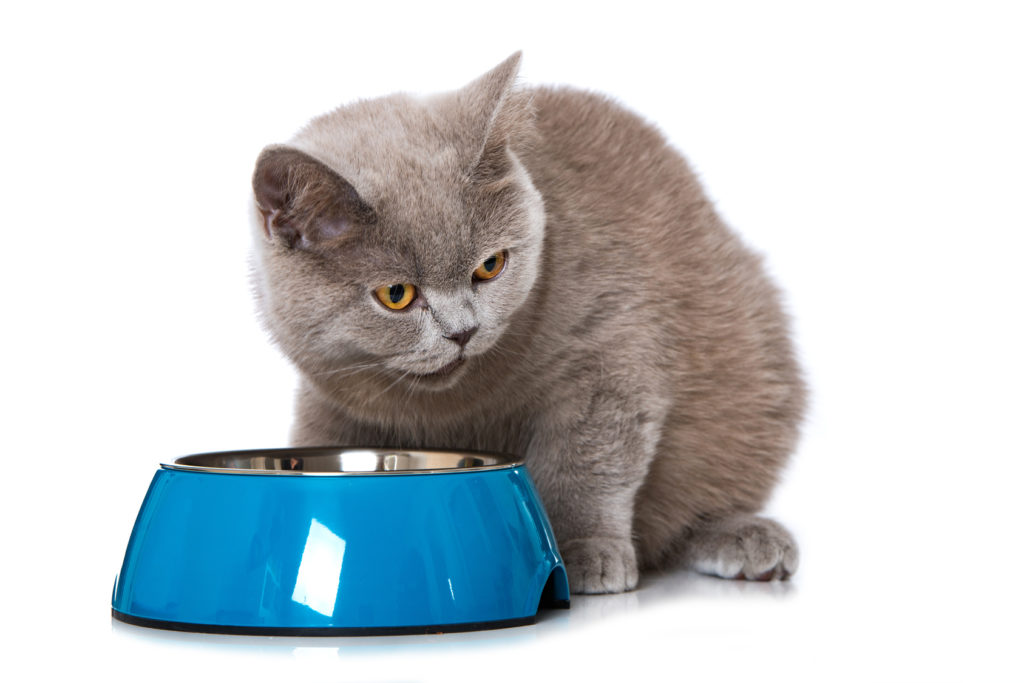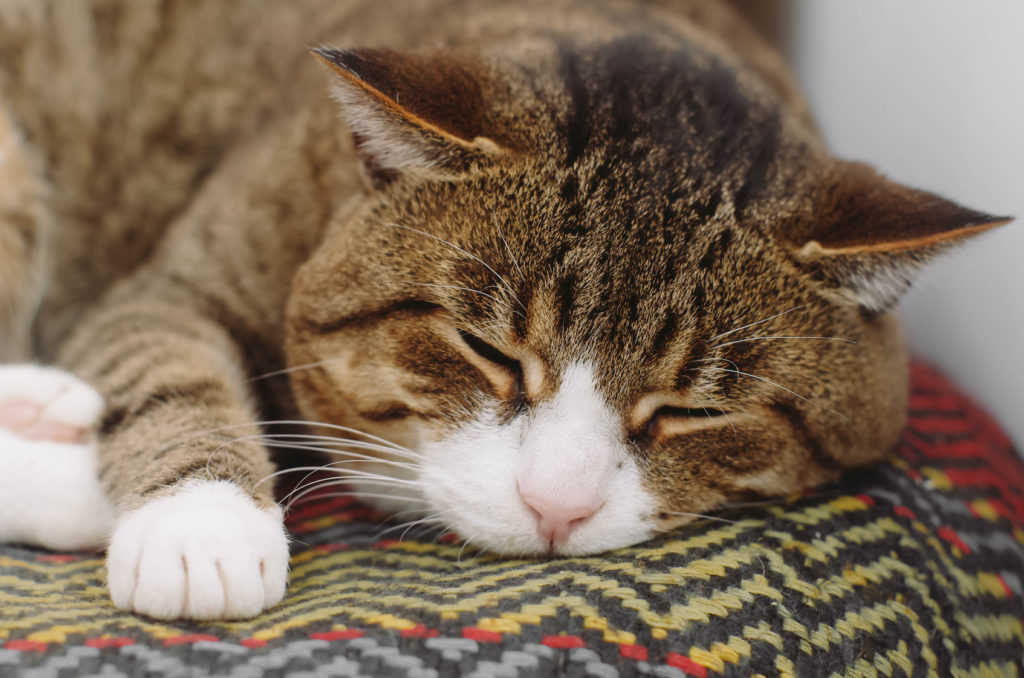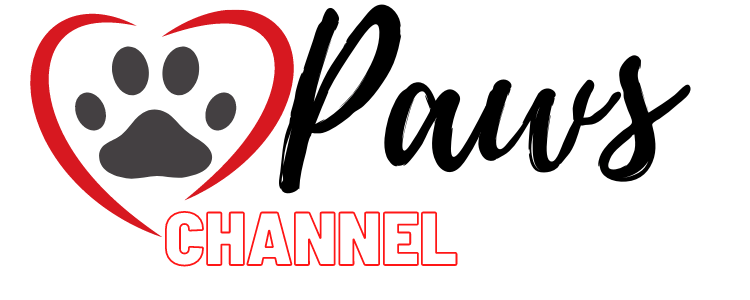And cats get older and the first pimples appear. But do not worry: With the right nutrition, your older cat will stay fit and healthy even at an advanced age! Proper nutrition for older cats may be helpful in the veterinary treatment of chronic diseases of your pet.
The right food for older cats
There is no “right” method of feeding. A diet suitable for your cat depends especially on its needs! And it’s not just young cats that have special requirements for a proper diet. Especially when your cat grows up and the first aches start, he has high needs for nutrients.
Creating a good eating plan with high quality food is essential forolder cats to stay healthy and active even at an advanced age! In old age, cats often find it difficult to utilize the nutrients offered. The teeth are no longer in the best condition, so chewing becomes more difficult. The cat loses weight. In addition, possible chronic diseases such asdiabetes or kidney disease, which often require the use of aspecial food .

© DoraZett / stock.adobe.com
The choice of food
It is very important to choose a digestible food for your older cat. As with the composition of the food for adult cats, in this case you should pay special attention to a high quality composition. Animal proteins are especially digestible for cats – as carnivores they do not need carbohydrates for energy. Harmful ingredients such as animal and plant by-products should also be reduced as much as possible.
You can use the following criteria as a guide when buying ready-made food:
- The meat should be at the top of the list of ingredients, if it is possible to indicate the percentage and variety on the package. Caution: “Animal by-products” must be precisely defined!
- Plant ingredients such as cereals and vegetables should also be precisely defined. Herbal by-products should be listed separately. Depending on the species, they can contribute to better digestion in older cats.
- Make sure no other unspecified ingredients are contained.
Liquid food is often more suitable for older cats, as it is often better absorbed than hard dry food croquettes. Liquid food has another advantage: it contains much more moisture than dry food. In dry food, the natural water content is significantly reduced during preparation, in order for the food to be solid and durable. As cats consume essential fluids mainly through their food, deficiency can occur, which can contribute to kidney and bladder disease. This is especially worrying for older animals with potentially underlying diseases!
We must also not forget: Through the production processHerbal ingredients such as potatoes, peas or alfalfa are often added to dry foods . Even dry cereal-based foods often contain up to 50 percent carbohydrates – an ingredient that a cat needs only a small amount and can hardly utilize. This can burden the excretory organs. Liquid food , on the other hand, is very close to the cat’s natural diet.
Chronic diseases
In conjunction with your veterinarian, your diet plan should also address any chronic illnesses in your older cat.
In cats with chronic kidney disease , much of the kidney tissue is often damaged. The job of the kidneys is to filter and remove metabolic wastes from the blood – this function is significantly reduced especially in the case of chronic diseases. In order not to burden the organ, the salt, phosphate and protein content of the food must therefore be reduced or adapted to the needs of the animal, and the food must above all be based on high quality ingredients. For cats with kidney disease, your veterinarian will often recommend onespecial food friendly to the kidneys . In any case theLiquid food is preferable to dry food, so that the cat receives a sufficient amount of fluid for rinsing the kidneys.
Particular attention should also be paid to the diet of cats with diabetes . Our cats can maintain their blood sugar level only through the utilization of proteins – without carbohydrates. Cats with diabetes are less able to use glucose for energy due to a lack of the hormone insulin. Glucose accumulates in the blood and no longer reaches the cells of the body. By changing your diet to a special diet and a regular, well-calculated diet you can stabilize your blood sugar level and reduce potential excess weight. A high quality cat food with little or no minimum carbohydrate content is definitely preferable. The exact schedule of aDiet for diabetes should definitely be arranged in consultation with your veterinarian!

© ikigai / stock.adobe.com
If food is not acceptable
Everything sounds very simple, doesn’t it? But older cats often know exactly what they want – and what not. And they can show incredible rejection of high quality special foods that are fully adapted to their nutritional needs. Often in this case you will have to employ a few tricks.
When changing food it is important to go step by step. In order for the cat to gradually get used to the new food, mix a small amount of the new food under the known food. Cats are masters at selective feeding and the separation of foods to which they are not accustomed. Liquid food makes it easier to carefully mix new and old food. You may be able to get into deep tricks by mixing a little tuna under the food – most cats can not resist. Even some of the cat’s favorite dry food often works wonders. If your pet does not want to accept the new food for older cats, one thing is very important: consistency.
We wish your cat “good appetite”!

